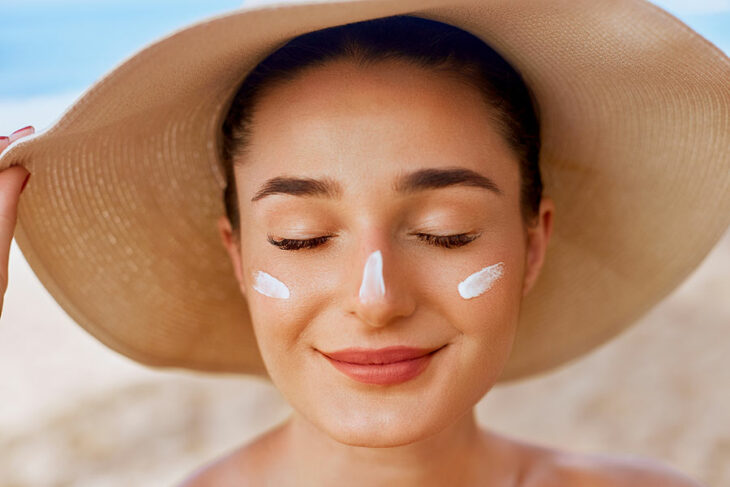My first patient at the walk-in clinic this Monday had a massive sunburn. She’d spent Friday at the beach drinking alcohol, underdoing other fluid intake and not refreshing her sunscreen. She vomited all day Saturday morning and spent Sunday sleeping. At 25 years old, not only did she put herself at risk of acute damage to her kidneys and heart from dehydration, but she also dramatically increased her risk for lifetime development of skin cancer.
“Soakin’ up some rays” sounds like a lovely way to improve your health and looks. We tend to admire those with a golden tan — a sign of outdoor living and athleticism. Unfortunately, suntans and, even worse, sunburns, cause permanent damage that accumulates over our lifetime. About 90 percent of skin cancers are directly related to sun damage. In one CDC study, more than one-third of adults and over two-thirds of children admitted to having been sunburnt in the previous year. According to the National Cancer Institute, more than 33,000 of these burns required emergency room visits.
Humans need a bit of sunshine to produce vitamin D, used to keep our bones strong. Typically, exposing your arms to sunshine for 45 minutes a day is sufficient. Substituting vitamin D supplements for sunshine exposure works just fine. It’s also found in milk and many other foods and pills.
Ultraviolet light exposure from the sun varies depending on latitude and time of day. It’s highest near the equator and most intense at noon. Redness from sunburn may develop within half an hour, although it often requires six-hours to manifest, with peak burn changes from skin damage appearing at the 24-hour mark. In extreme cases, like my patient, the skin may blister, and the patient will develop symptoms such as nausea, vomiting, chills, weakness, low blood pressure and fainting. Skin peeling occurs in three to seven days.
Treatment for sunburn, as with any burn, begins with cooling. A cold shower or cool skin compresses soon after sun exposure my reduce the severity of the burn. Anti-inflammatory pills such as ibuprofen relieve pain and swelling. Refrigerated moisturizers, such as aloe gel, can soothe the skin and reduce the pain sensations. Because your skin helps regulate your fluid balance, large skin burns often lead to dehydration. Drinking plenty of water and occasional electrolyte drinks can replenish these needs. IV fluids will help in severe dehydration cases.
The use of steroids, whether topical or by mouth, remains controversial. Some studies have found that oral steroids (like prednisone) and hydrocortisone creams (like Cortizone) may reduce itching, and possibly reduce scarring. However, some physicians remain concerned that their side effects, such as thinning skin and reducing protection against infection, outweigh their benefits.
Prevention is the key. Applying sunscreen 30 minutes before sun exposure and reapplying every two hours and after swimming provides great sun protection. A sunscreen rated as SPF 20 (sun protection factor) blocks 95 percent of sunburn-causing UVB radiation. Very high SPF provide little added benefit.
While outdoors, wear a hat and sunglasses. UV radiation penetrates clouds, so sunburn can occur even without actual sunshine. Sun exposure to the eyes can cause blurred vision and halos and even burn the cornea. Over several years, too much sun leads to cataracts.
Living in south Mississippi, we should take advantage of beautiful sunny days and enjoy beach swims, boat rides and hikes. However, too much sunshine causes sunburn that produces not only short-term discomfort, but long-term health risks. Wear your hat, apply sunscreen and enjoy the lovely outdoors.
Dr. Philip L. Levin is a retired emergency medicine specialist in Gulfport. Learn more or contact him at www.Doctors-Dreams.com.



